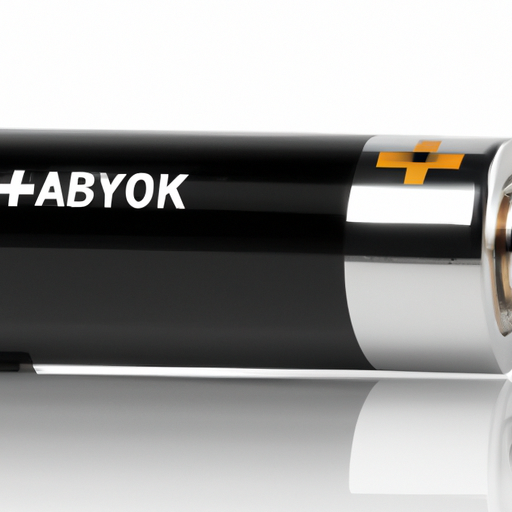In “Exploring Battery Watt-Hours: Understanding Watt-hours as a Technical Battery Specification,” you will gain a comprehensive understanding of the crucial role that battery capacity plays in electric bike range. This article delves into topics such as the concept of electric bike range, factors affecting range, and how to estimate the range based on various variables. Furthermore, it explores battery watt-hours as a measure of energy capacity, explaining the relationship between watt-hours, battery capacity, and range. Additionally, you will find tips for optimizing e-bike range and battery performance, as well as insights into the quality and longevity of e-bike batteries.
Exploring Battery Watt-Hours
Watt-hours, also known as Wh, is a measure of energy capacity in e-bike batteries. It refers to the amount of electrical energy a battery can store and is crucial in understanding the potential range of an electric bike. The watt-hour rating of a battery directly impacts how far you can travel on a single charge.
Battery capacity, measured in amp-hours or watt-hours, is an essential specification to consider when choosing an electric bike. Watt-hours represent the actual energy content of the battery, while amp-hours indicate the battery’s current capacity. The watt-hour rating takes into account both the voltage and amp-hour rating of the battery.
To understand the relationship between watt-hours, battery capacity, and range, let’s consider the following scenario:
Imagine you have two e-bike batteries, one with a watt-hour rating of 300Wh and another with a watt-hour rating of 500Wh. Assuming all other factors remain constant, the battery with a higher watt-hour rating will have a greater energy storage capacity. This means it can power the motor for a longer duration, allowing you to travel a greater distance on a single charge. In comparison, the battery with a lower watt-hour rating would deplete faster, limiting the range of your electric bike.
It’s important to note that watt-hours alone don’t determine the exact range of an e-bike. Range can also be influenced by external factors such as terrain, weather conditions, rider weight, and elevation changes. However, a higher watt-hour rating generally indicates a greater potential range, as the battery can supply more energy to the motor.
When comparing batteries with different watt-hour ratings, it’s essential to consider your specific needs and usage patterns. A higher watt-hour rating may be advantageous if you frequently embark on long-distance rides or have a higher demand for power. However, if you primarily use your electric bike for shorter commutes or leisurely rides, a battery with a lower watt-hour rating may still provide sufficient range.
Ultimately, the watt-hour capacity of an e-bike battery should be viewed in conjunction with other specifications and factors affecting range. It serves as a critical indicator of the battery’s energy storage capacity and will play a significant role in determining the distance you can travel on your electric bike.


